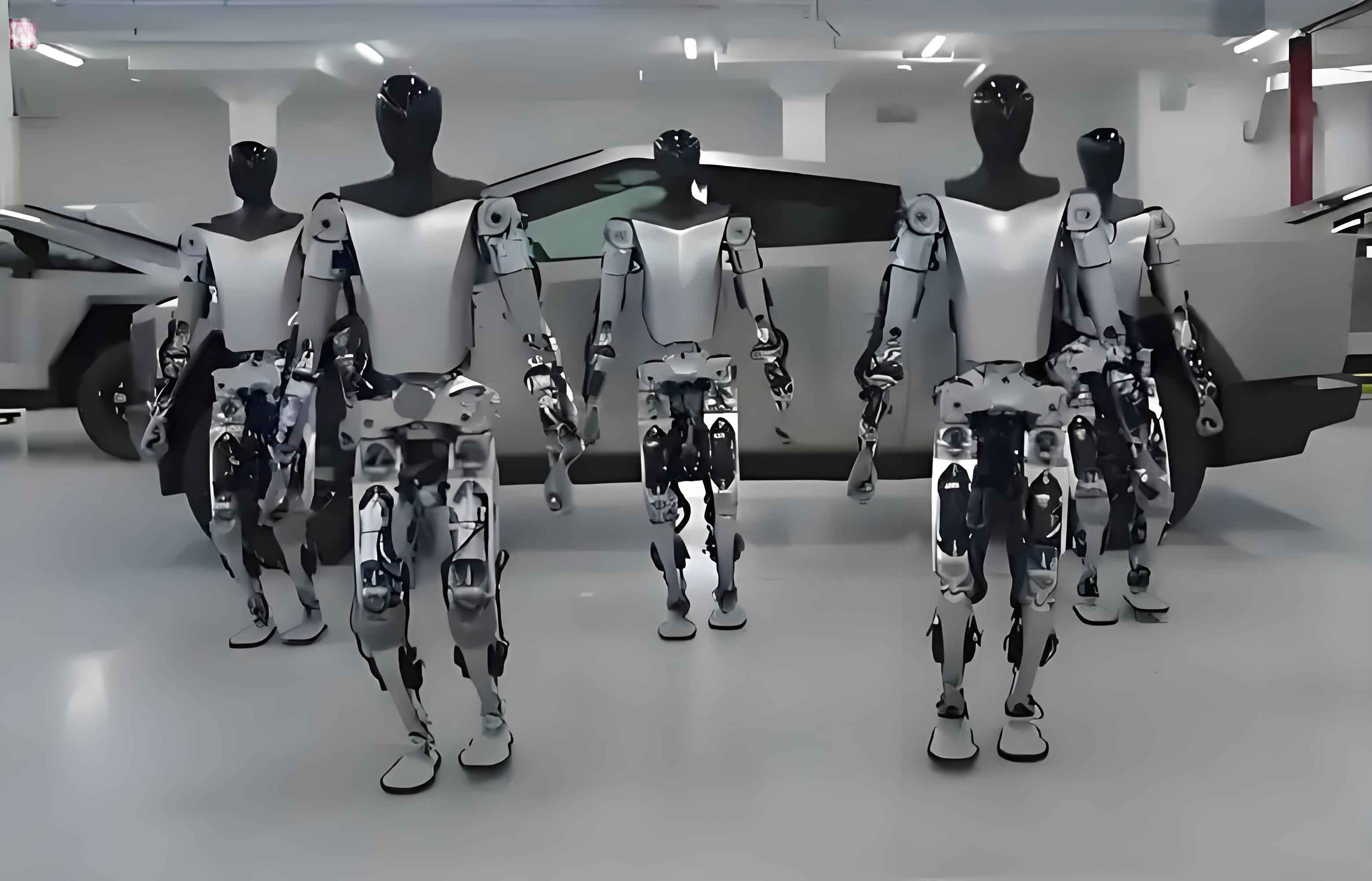1. Introduction
Stroke remains a leading cause of global disability, with lower limb motor impairment significantly compromising ambulation and independence. Traditional neurorehabilitation approaches, such as Proprioceptive Neuromuscular Facilitation (PNF), focus on enhancing proprioceptive input to facilitate motor recovery. Concurrently, robot technology has revolutionized rehabilitation through precise, repetitive, and adaptive interventions. This study investigates the synergistic effects of PNF and lower limb exoskeleton robot technology on post-stroke recovery, leveraging electrophysiological and neurochemical biomarkers to quantify efficacy.

2. Methodology
2.1. Study Design and Participants
A randomized controlled trial included 96 stroke survivors (Table 1). Participants were stratified into:
- PNF Group (n=32): Received PNF therapy.
- Robot Group (n=32): Trained with BEAR-HI exoskeleton robot technology.
- Combined Group (n=32): Received both interventions.
Table 1: Participant Demographics
| Group | Age (Years) | Sex (M/F) | Stroke Type (Ischemic/Hemorrhagic) |
|---|---|---|---|
| PNF | 57.69 ± 9.82 | 19/13 | 17/15 |
| Robot | 57.05 ± 9.97 | 20/12 | 15/17 |
| Combined | 57.74 ± 9.93 | 18/14 | 18/14 |
2.2. Interventions
- PNF Protocol: Sequential stimulation of lower limb diagonals (D1F-D2E), 1 session/day, 5 days/week for 24 weeks.
- Exoskeleton Robot Protocol: BEAR-HI exoskeleton-assisted gait training. Parameters:
- Initial frequency: 0.3 Hz, adjustable to 0.5 Hz.
- Assistance levels: 1–5 (progressively adjusted).
- Session: 30 mins, twice daily, 5 days/week for 24 weeks.
- Combined Protocol: Integrated PNF and robot technology sessions.
2.3. Outcome Measures
- Electroencephalography (EEG):
- Brain Symmetry Index (BSI):BSI=1N∑i=1N∣Ri−LiRi+Li∣BSI=N1i=1∑NRi+LiRi−LiLower BSI indicates improved interhemispheric balance.
- Slow Wave Ratio (SWR):SWR=δ+θα+βSWR=α+βδ+θLower SWR denotes enhanced cortical activation.
- Neurotransmitters: Measured via encephalodyne, including dopamine (DA), glutamate (Glu), acetylcholine (ACh), serotonin (5-HT), γ-aminobutyric acid (GABA), and norepinephrine (NE).
- Motor Function: Fugl-Meyer Assessment—Lower Extremity (FMA-LE, max=34).
- Walking Ability: Holden Functional Ambulation Classification (FAC, 0–5).
3. Results
3.1. EEG Outcomes
Post-treatment BSI and SWR significantly decreased across groups (P<0.05), with the Combined Group demonstrating superior improvement (Table 2).
*Table 2: EEG Parameters Pre- and Post-Treatment (x̄ ± s)*
| Group | BSI | SWR | ||
|---|---|---|---|---|
| Pre | Post | Pre | Post | |
| PNF | 0.64±0.12 | 0.41±0.08* | 11.24±3.73 | 8.97±2.49* |
| Robot | 0.63±0.15 | 0.39±0.12* | 11.38±3.52 | 9.02±2.54* |
| Combined | 0.67±0.11 | 0.29±0.05*†‡ | 11.31±3.49 | 6.53±1.87*†‡ |
| †P<0.05 vs. PNF; ‡P<0.05 vs. Robot |
3.2. Neurotransmitter Profiles
The Combined Group exhibited elevated DA (+13.3% vs. PNF; +15.1% vs. Robot) and 5-HT (+7.7% vs. PNF; +7.4% vs. Robot), alongside reduced excitatory neurotransmitters (Glu, ACh, GABA, NE; P<0.05, Table 3).
*Table 3: Neurotransmitter Levels Post-Treatment (u/V², x̄ ± s)*
| Group | DA | Glu | 5-HT | GABA |
|---|---|---|---|---|
| PNF | 76.97±10.28 | 41.69±5.29 | 264.39±18.96 | 43.97±6.15 |
| Robot | 75.94±10.41 | 41.72±5.36 | 265.11±19.27 | 44.05±6.24 |
| Combined | 87.42±8.63*†‡ | 32.65±4.78*†‡ | 284.72±8.64*†‡ | 32.86±5.17*†‡ |
| †P<0.05 vs. PNF; ‡P<0.05 vs. Robot |
3.3. Functional Recovery
FMA-LE and FAC scores improved most significantly in the Combined Group (Table 4).
Table 4: Motor Function and Ambulation Outcomes
| Group | FMA-LE (Points) | FAC (Level) | ||
|---|---|---|---|---|
| Pre | Post | Pre | Post | |
| PNF | 14.36±2.15 | 21.69±3.08* | 1.12±0.35 | 2.54±0.26* |
| Robot | 14.68±2.56 | 21.79±3.16* | 1.09±0.41 | 2.64±0.31* |
| Combined | 14.52±2.29 | 25.37±3.42*†‡ | 1.24±0.31 | 3.02±0.16*†‡ |
| †P<0.05 vs. PNF; ‡P<0.05 vs. Robot |
4. Discussion
4.1. Neurophysiological Mechanisms
The superiority of the Combined Group underscores complementary mechanisms:
- PNF: Enhances proprioceptive feedback via spiral-diagonal patterns, priming neural pathways.
- Robot Technology: Delivers high-precision, repetitive gait cycles, reinforcing cortical reorganization.
Synergy arises from robot technology amplifying proprioceptive inputs from PNF, accelerating sensorimotor integration.
4.2. Neurochemical Modulation
Elevated DA and 5-HT in the Combined Group correlate with improved motivation and motor learning. Reduced Glu/GABA ratios indicate rebalanced excitatory-inhibitory neurotransmission, mitigating spasticity. Robot technology‘s adaptive algorithms optimize neurotransmitter release through task-specific loading.
4.3. Clinical Implications
Robot technology addresses limitations of manual therapy (e.g., therapist fatigue, dosage inconsistency). However, current exoskeletons face challenges:
- High cost and maintenance.
- Limited degrees of freedom (DOF) affecting natural gait kinematics.
Future robot technology must integrate AI for real-time gait adaptation and lightweight materials for usability.
5. Conclusion
PNF and lower limb exoskeleton robot technology synergistically enhance post-stroke recovery by:
- Normalizing EEG biomarkers (BSI ↓26.5%, SWR ↓42.3% vs. baselines).
- Optimizing neurochemistry (DA ↑15.1%, Glu ↓21.7% vs. Robot Group).
- Maximizing functional gains (FMA-LE ↑16.4%, FAC ↑19.1% vs. PNF).
Robot technology is pivotal for scalable, high-dosage rehabilitation, warranting investment in cost-effective, AI-driven designs.
